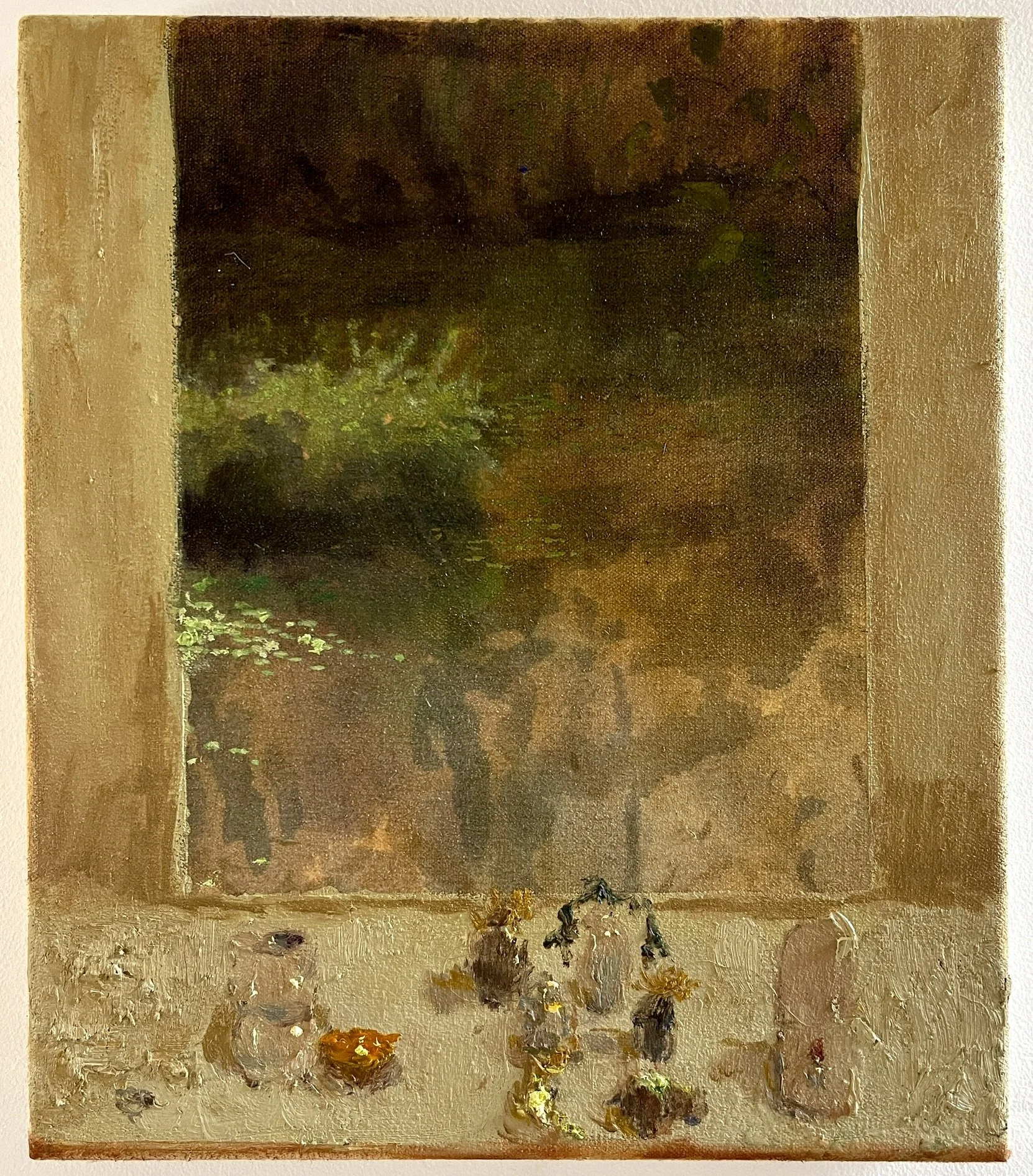dialogue
Sebastían Espejo | Artist
October 2025
6 min read
Growing up on the hills of Viña del Mar, Sebastián Espejo’s vision was shaped by ocean horizons, hazy mornings, and shifting light. These early landscapes taught him to see space and time as continuous, shifting intervals, a sensibility that quietly permeates his realist practice.
For Espejo, painting is an act of attention rather than escape. His subjects, the objects on his table, the corners of his home, the same park he returns to each season, choose him. Through them, he explores how figures depend on their background, how life itself dissolves into its surroundings. Each painting becomes a small revelation of belonging, a trace of stillness within daily motion.
Light, to him, is both language and structure, a tonal field where harmony unfolds through subtle tension. Beyond mood or atmosphere, it is a way of reaching “unpredictable shores.” The practice itself, as a concept, embodies a balance between repetition and innovation, a rhythm of returning and rediscovering, where the familiar becomes endlessly new.





